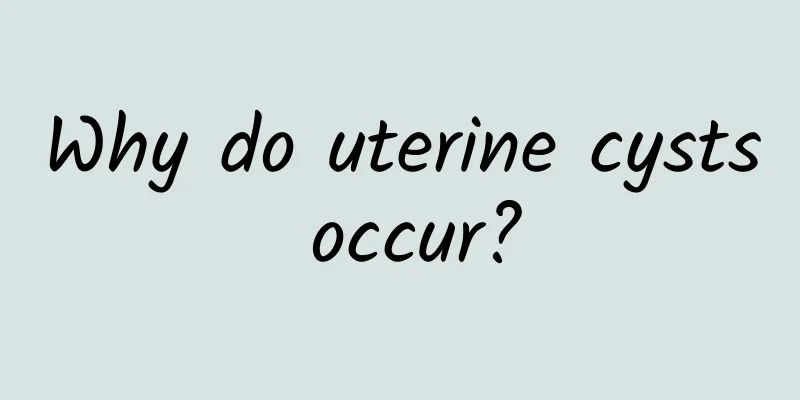What is cervical precancerous lesions?

|
Cervical precancerous lesions (CIN) are pathological conditions of abnormal proliferation of cervical epithelial cells. They are usually detected through cervical screening. Early intervention can effectively prevent cervical cancer. Treatment includes surgical resection, drug therapy and regular follow-up. The specific method should be selected according to the severity of the lesion. 1. The causes of cervical precancerous lesions CIN mainly include human papillomavirus (HPV) infection, genetic factors, environmental factors and a weak immune system. HPV infection is the main cause, especially high-risk HPV16 and 18. Genetic factors may increase an individual's susceptibility to HPV infection. Environmental factors such as smoking, long-term use of oral contraceptives and multiple sexual partners can also increase the risk. A weak immune system, such as HIV infection or long-term use of immunosuppressants, may lead to progression of the lesion. 2. The treatment methods for cervical precancerous lesions CIN are divided into CIN1, CIN2 and CIN3 according to the severity of the lesions. CIN1 usually does not require special treatment and regular follow-up is sufficient. CIN2 and CIN3 require active treatment, and common methods include cryotherapy, laser therapy and cervical conization. Cryotherapy destroys abnormal cells through low temperatures and is suitable for CIN1 and CIN2. Laser therapy uses high-energy laser beams to accurately remove diseased tissue and is suitable for CIN2 and CIN3. Cervical conization surgically removes part of the cervical tissue and is suitable for CIN3 or suspected cancer. 3. Preventive measures for cervical precancerous lesions (CIN) include HPV vaccination, regular cervical screening and improved lifestyle habits. HPV vaccine can effectively prevent high-risk HPV infection and is recommended for women of appropriate age. Regular cervical screening includes cervical cytology and HPV testing to detect lesions early. Improving lifestyle habits such as quitting smoking, reducing the number of sexual partners and using condoms can reduce the risk of infection. Cervical precancerous lesions (CIN) are the early stages of cervical cancer. Early detection and active treatment can effectively prevent the occurrence of cervical cancer. Women are advised to undergo regular cervical screening, get HPV vaccines, and maintain a healthy lifestyle to reduce the risk of disease. |
<<: How to treat left ovarian cyst
>>: What are the main causes of cervical erosion?
Recommend
What are the symptoms of cervical hypertrophy?
Although the symptoms of cervical hypertrophy are...
TCM's skillful treatment of irregular menstruation
After two years of marriage, 28-year-old Zheng Yu...
What tests should be done to determine whether there is cervical precancerous lesions?
Cervical cancer is a malignant tumor of the femal...
There are several main treatments for multiple uterine fibroids:
Multiple uterine fibroids are a type of uterine f...
How to treat chronic Bartholinitis
Bartholinitis is one of the more common inflammat...
Zheng Duoyan: I didn't get fat and recommended a 7-meal-a-day diet
Zheng Da Yan, who is famous in Asia for her uniqu...
What are the causes of ovarian cysts?
What is an ovarian cyst? What are the causes of a...
How to care for pelvic inflammatory disease?
Pelvic inflammatory disease is a common gynecolog...
What should I pay attention to when I eat without vagina?
What dietary restrictions do female patients with...
Can I have an ovarian cyst and get an IUD inserted? When can I get pregnant?
Can I have an IUD inserted if I have an ovarian c...
How to treat uterine fibroids that are 1 cm long?
How to treat uterine fibroids that are 1 cm long?...
Endometrial tuberculosis diet should be balanced
Endometrial tuberculosis is a common gynecologica...
Hospital that effectively treats congenital absence of vagina
What are the hospitals that effectively treat con...
How much does an IUD cost?
There are many ways to achieve effective contrace...
Breakthrough in autologous fat transplantation from pears
Many women who love beauty hope to escape the fat...









